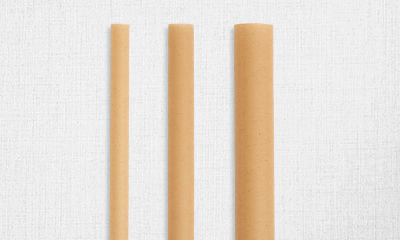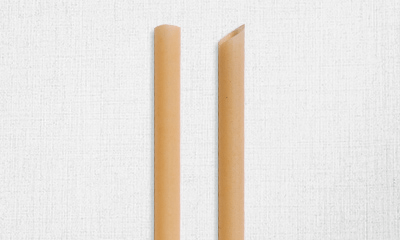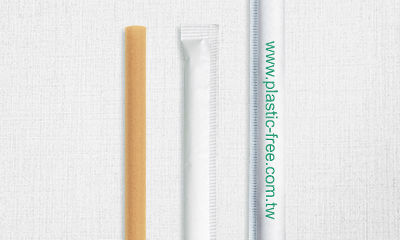Material recycled from tea residue waste
From ancient and sophisticated Chadō (tea ceremony) to popular bubble tea shops taking over the street, the habit of tea drinking has its cultural root deeply embedded in Asian cultures.
Leaves below standard are selected out, become our source of material to make you this unique straw of highland.
Material recycled from tea residue waste
From ancient and sophisticated Chadō (tea ceremony) to popular bubble tea shops taking over the street, the habit of tea drinking has its cultural root deeply embedded in Asian cultures.
Leaves below standard are selected out, become our source of material to make you this unique straw of highland.

6*210mm ( Coffee, tea, etc. )
8*210mm ( Smoothie )
12*210mm ( Bubble tea )
Customized Spec
MOQ 300,000 pcs is needed.

Flat Cut / Angle Cut

Unwrapped straw
Individually wrapped straw
Wrapped straw + logo printing up to 2 colors
( Minimum order quantity 300,000 pcs )
Our tea straws come with natural and unique colors of plant fibers. When you use it, a slight fragrance of tea leaf can be found if you bring them up close to your nose, but it does not affect the flavor of drinks!
There is no need for special storage. We suggest you to store our products in room temperature away from direct sunlight and humidity.
The shelf life of Standard Compost Straw is around 12 months. Natural degradation may happen after 12 months but we expect our products to still withstand normal usage.
Standard Compostable Straw is heat resistant up to 50°C/122 °F. It is not recommended to be used in hot beverages.
This product contains PLA. After usage, please discard the straw to trash. They can be either incinerated or buried. During the incineration, our bio-based products do not release any toxic chemicals. If buried in landfills, they simply degrade into H2O, CO2 and nutrients.
©️ 2021 All rights reserved. Renouvo is a registered trade mark of JU TIAN CLEANTECH CO., LTD